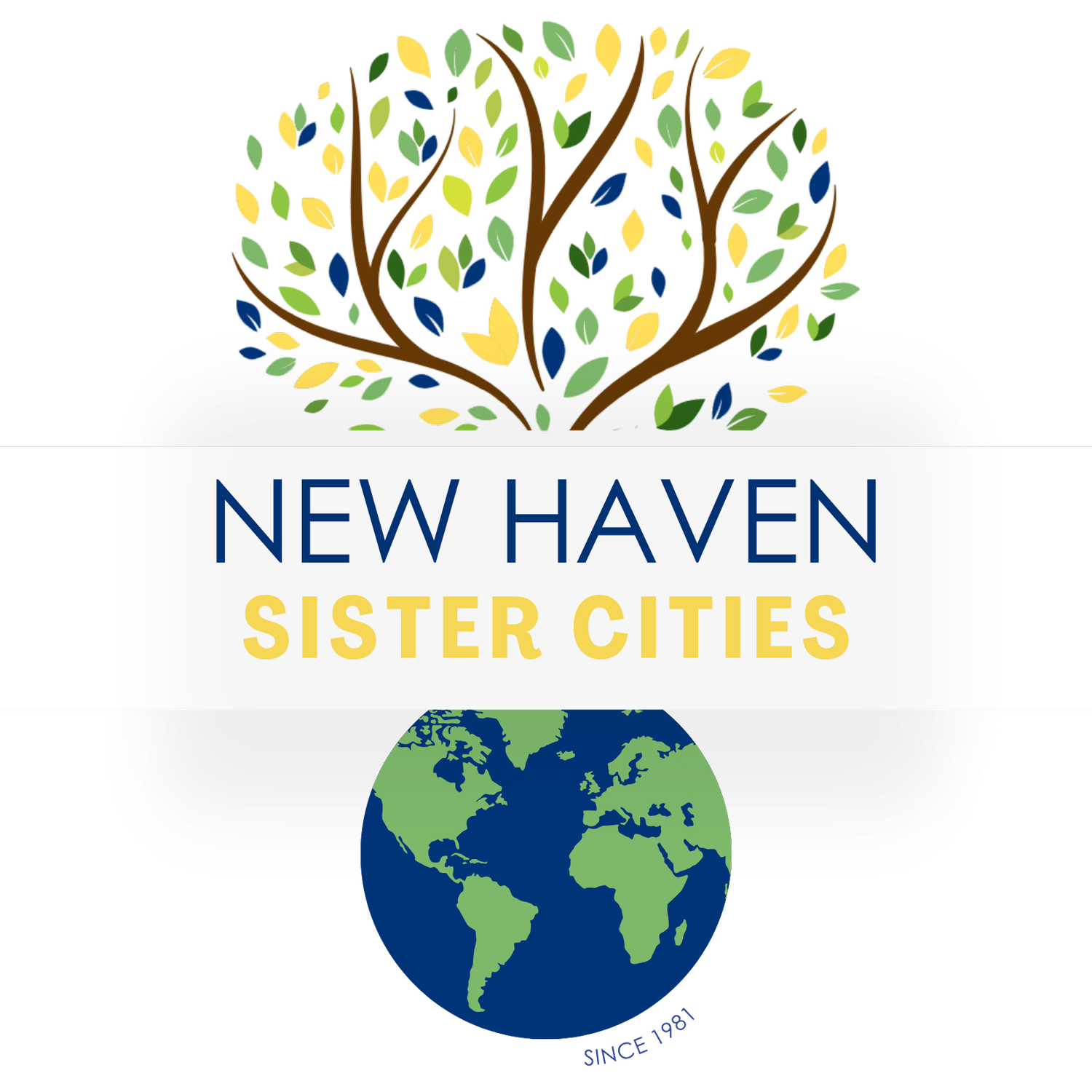
Afula-Gilboa, Israel
Population approx: 61,519
A New Haven Sister City since 1995
Photo courtesy of Haaretz
Afula-Gilboa has had a strong relationship with New Haven. Over the years there has been an exchange of resources and people between the two cities.
What’s Our Connection?
Afula is an environmentally friendly city that is very technologically advanced. There are many factories and tech companies in the area. There are also windmills on Gilboa to generate electricity. There are more and more solar panels, inventions, wind farms, and water systems.
Afula is also a busy city with a good educational system that serves the entire surrounding area. While there are many Jewish citizens living in the area, the are also many Muslim and Christian citizens living there too. There are several Muslim villages, Jewish settlements (Moshavim), and Jewish collectives (Kibbutzim) in the Afula-Gilboa region. The communities share many resources, including a hospital where Muslims and Jews work together.
What is Afula-Gilboa Known For?
Map courtesy of Wikipedia
Afula was founded in 1925 on lands acquired by the American Zion Commonwealth (AZC), a land development organization. It was the first planned urban settlement of Jewish Palestine. The land was purchased from the Ottoman empire.
History
Places: Capital of the Valley
Afula is known as the “Capital of the Valley.” It is the largest city in the Valley of Jezreel. It is a very modern city, while it is built around ancient ruins. Afula was built from a refugee camp. Much of the land around Afula was sold to Polish Jews. While many of those who originally bought the land died before moving to Afula, many of their descendants came to Afula to claim their inheritance.
Photo courtesy of Keren Kayemeth LeIsrael Jewish National Fund
Fun Fact: Gilboa Flower
This flower is called the Gilboa Iris. It only blossoms on the Gilboa mountain range. It can be found between the slopes of the mountain and Jenin Valley. The Gilboa Iris is a prominent flower that blossoms in the spring.



